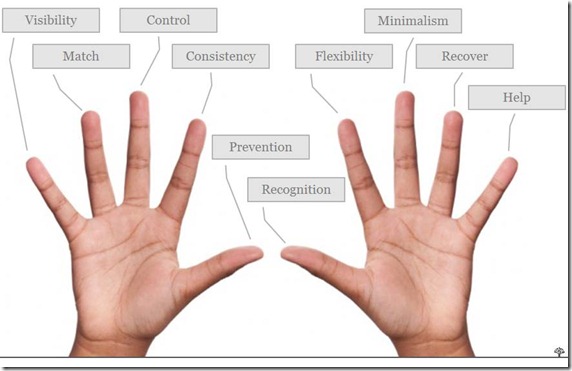Glad to share my another Tech. Paper published in IJCA
Linking and Familiarity Rating Method Classifies the Music, Video Assessment Responses of EEG-Signal
http://www.ijcaonline.org/archives/volume116/number10/20370-2577
Abstract
The most renowned strategy utilized for perusing mind movement is electroencephalography (EEG). Electroencephalography is the neurophysiologic estimation of the electrical action of the cerebrum by recording from anodes put on the scalp, or in the exceptional cases on the cortex. The ensuing follows are known as an electroencephalogram (EEG) and speak to alleged brainwaves. This system is picking up prevalence as it is a non-intrusive interface and is giving a methodology to controlling machines through contemplations. The proposed linking and familiarity rating method classifies the music, video assessment responses of EEG-Signal. The metrics namely true positive, true negative, false positive, false negative, sensitivity, specificity and classification accuracy are chosen for evaluating the performance of the proposed classifier. The simulation result shows that the proposed classifier achieves 95. 4 % accuracy which is better than other methods.


